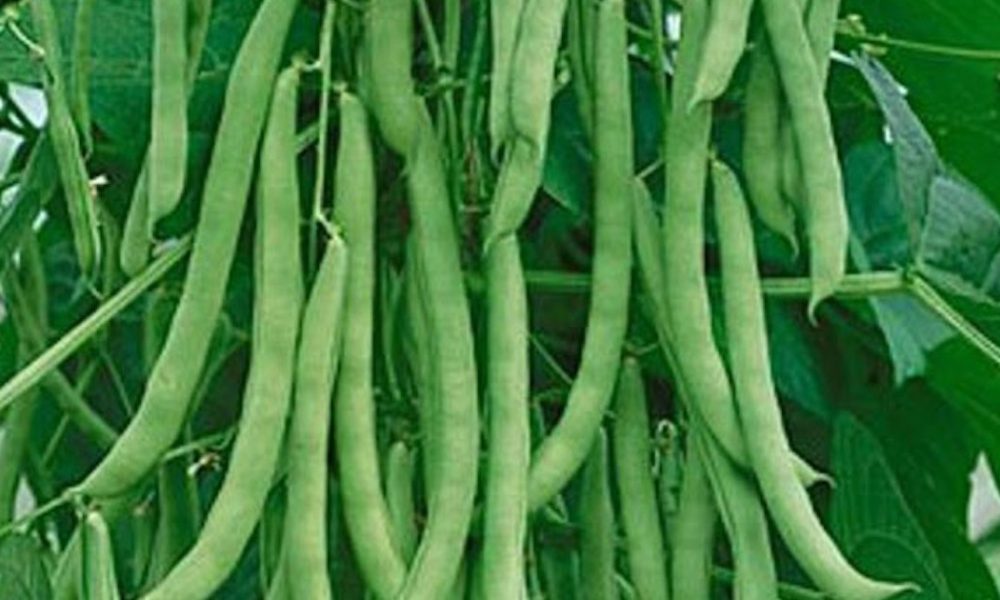
It was not unusual in the 1950’s for a youngster to work in the fields of the Willamette Valley to pay for back-to-school clothing and supplies. It was especially true for me in the summer of 1959, when I was entering Creswell High school, as my father had died the previous winter. My mother had little money for a teenager daughter.
The wonderful Willamette River soil is perfect for growing fruits and vegetables. Many of us used to pick strawberries and cherries. Then as the bean plants grew, we would encircle them with twine to ”string” them. The twine was stationed at the end of the long row, pulled alternately over the wire above us. We might make $2 a day doing that. Most of the teen boys worked hard in the hay fields, and made more money.
As the beans continued to grow, I was willing to weed the plants for about 50 cents per hour. When picking time came, we were promised $1.75 cents a pound with a bonus of 25 cents if we were at work every day, except Sundays, until the beans were harvested. We started at 6 a.m., and I rode my bike or walked, depending on the weather and my energy level.
One day, I heard the man who owned the bean yards calling out ”Special Kay” as he walked the ends of the rows. I didn’t know if he meant me, but nobody wanted to be singled out by a ”gruff” boss about how to pick green beans.
He came down my row. He called out in his loud voice, ”Are you Special Kay?”
Well, I was very embarrassed, but he told me he heard about a new cereal on the shelves in our local stores and that was its name. Then he complimented me that I did not stand on the bucket to push the beans down, which broke them.
We picked with another person, trading the sunny side as the dew burned off and the day grew hotter. When the beans were really going strong, we could pick a bucket per section, which was the space between the poles. We dragged two buckets to the ”weigh-up boy” and took a break to drink Kool-Aid from a mason jar we had frozen the night before to carry for lunch. There were bosses (usually a ”mother-type”) to warn us to get back to work if we goofed off, and there were outhouses – of course!
At the end of the season, the owner bought watermelons out on a flat-bed trailer, pulled by his tractor. His machete hit those big, Hermiston green-striped melons so that they came apart with a ”cracking” sound, a symbol of their delicious ripeness. We were ready!
He then handed out checks. I had fast fingers, meaning the best picking days gave me sometimes over 500 pounds, around $10. I made the bonus, too.
The local northbound Greyhound bus stopped on Oregon Avenue, about where the Creswell Chamber of Commerce office is now. I would borrow from my mother enough money for my fare and lunch, and on the first short day we got off early. The stores in Eugene were not open at night, nor on Sundays, so we had a small window for shopping.
If we worked hard all summer, we might have $100. We put things on layaway, making the final payment around the last shopping trip before Labor Day. I remember I bought pleated skirts and white blouses, shoes (usually one pair for everyday and one pair for P.E.) and maybe a new coat if we had grown some.
We ate lunch at Woolworth’s or Newberry’s five & 10 cent stores. A grilled tuna sandwich, a Coke and some chips were my favorite lunch items. I also bought pencils and paper, and maybe a new purse to match the shoes. It was a wonderful responsibility and one that I treasured growing up. I missed my father, but he taught me to work for what I needed and to always help my mother ”make do.”








